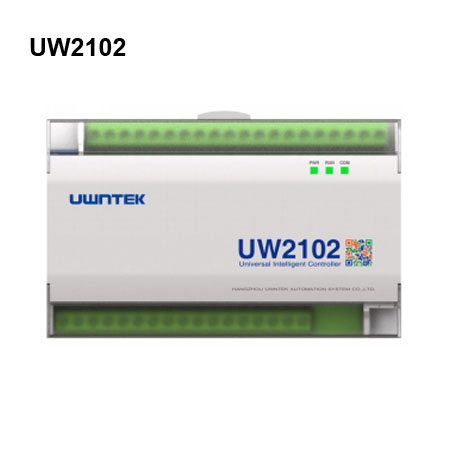Why Is Functional Safety Important In Your Safety Control System
2025-11-12
In today's complex industrial landscape, a basic Safety Control System isn't just an optional extra—it's a fundamental requirement. But what elevates its effectiveness is the principle of Functional Safety. This proactive approach ensures that a system operates correctly in response to its inputs, preventing dangerous accidents and mitigating risks. At UWNTEK, we engineer functional safety directly into the core of our control solutions, moving beyond mere compliance to create a genuinely secure and resilient operational environment.
A UWNTEK Safety Control System is built with certified components and follows rigorous international standards like IEC 61508. Here are some key parameters that define our product's reliability:
-
High SIL Rating: Our systems are designed to meet Safety Integrity Level (SIL) 2 and SIL 3 requirements, ensuring a high level of risk reduction.
-
Redundant Architecture: We incorporate redundant processors and power supplies to maintain operation even if a single component fails.
-
Diagnostic Coverage: With a diagnostic coverage of over 99%, our modules can self-detect and report potential faults before they lead to a system failure.
-
Rapid Response Time: Our safety controllers have a guaranteed response time of less than 10ms to critical safety events.
The following table highlights the core specifications of a typical UWNTEK safety controller module:
| Feature | Specification |
|---|---|
| Product Series | UWNTEK SCU-3000 |
| Safety Standards | IEC 61508, IEC 61131-2 |
| SIL Capability | Up to SIL 3 |
| Number of Safety I/Os | 16 Digital Inputs, 8 Digital Outputs |
| Communication Protocols | PROFIsafe, EtherCAT® Safety |
| Mean Time to Failure (MTTFd) | > 100 years |
Safety Control System FAQ
What is the difference between a Safety Control System and a standard PLC?
A standard PLC is designed for basic control and process tasks, focusing on operational efficiency. A Safety Control System, like those from UWNTEK, is specifically designed with redundant hardware and dedicated safety-oriented software to prevent failure and manage risk, ensuring a safe state is achieved even under fault conditions.
How often should a Safety Control System be tested?
The testing interval is determined by the safety lifecycle and risk assessment. For most systems, a full functional test is recommended annually. However, UWNTEK systems come with extensive online diagnostics that can extend these intervals, which should always be defined in your plant's safety plan.
Can a Safety Control System be integrated with existing machinery?
Yes, absolutely. A key feature of the UWNTEK Safety Control System is its flexibility. Using standard safety protocols like PROFIsafe, it can be seamlessly integrated with both new and legacy machinery to create a plant-wide safety network, centralizing and enhancing your overall safety management.
Investing in a functionally safe Safety Control System is an investment in operational continuity, asset protection, and, most importantly, human safety. Don't compromise on the integrity of your operations. Contact us today to schedule a consultation with our UWNTEK safety experts and discover how our certified solutions can fortify your safety framework.
